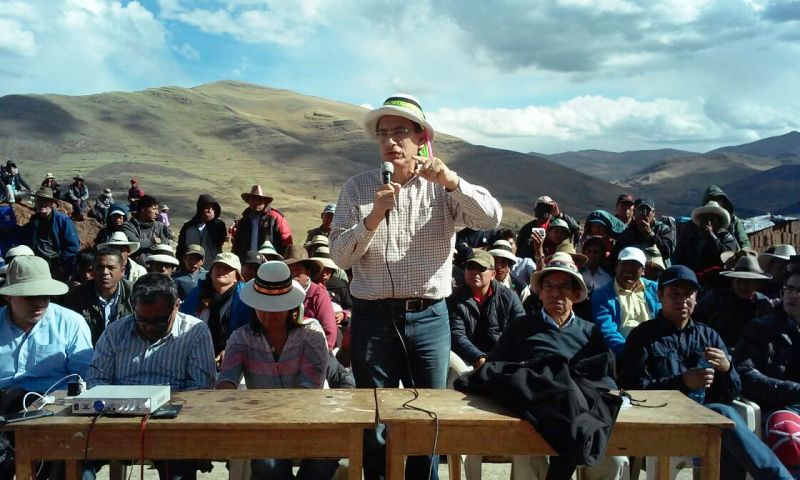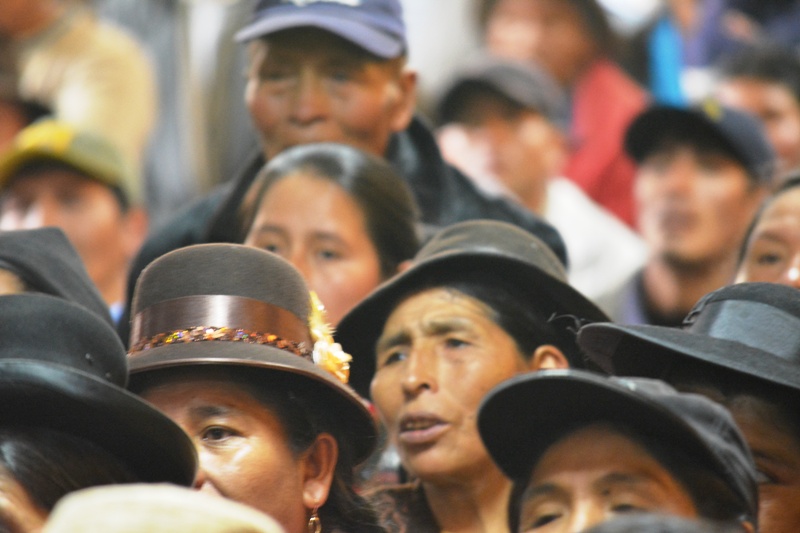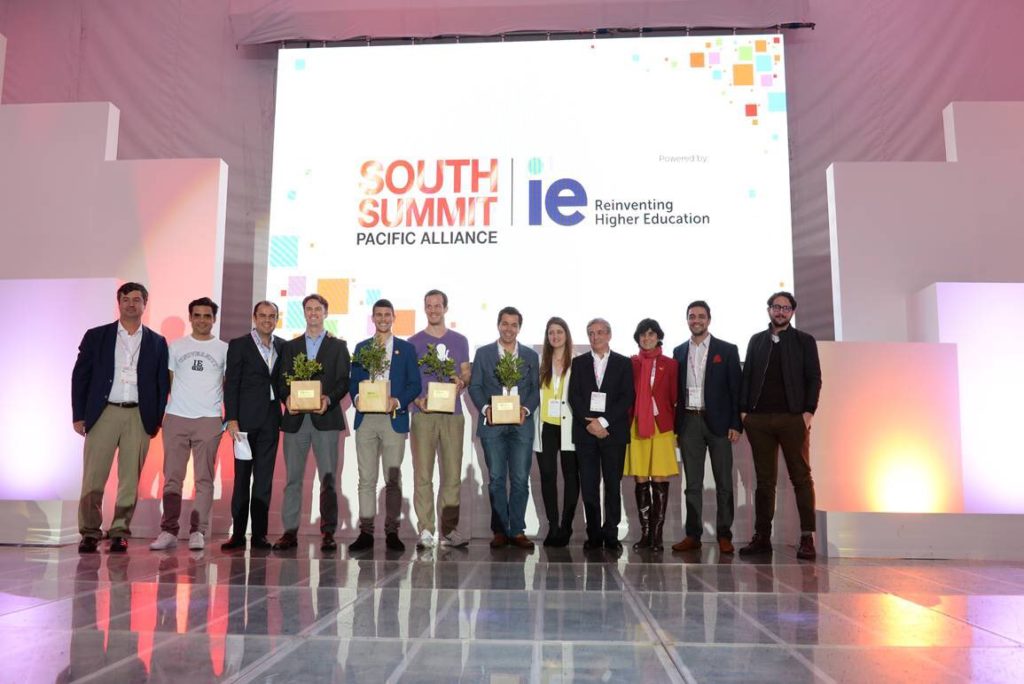Peru Vice President Martin Vizcarra meets with local leaders in an attempt to end a blockade in Apurimac which threatens to halt copper production at the Las Bambas mine.
Vizcarra, who is also the country’s transport minister, arrived in Apurimac’s Cotabambas province on Saturday with an executive delegation including justice minister Marisol Perez, agriculture minister Jose Manuel Hernandez and Rolando Luque, the director of Peru’s National Office of Dialog and Sustainability (ONDS).
Vizcarra’s role in heading Peru’s infrastructure development may play a key role in appeasing protesters who have blocked the road leading to the mine because of dust pollution from the hundreds of trucks which carry copper concentrate to the Matarani seaport in Arequipa. One protester was killed and 20 police injured in clashes last week.
“Our aim is to have a broad and transparent dialogue,” Vizcarra told RPP. “Let’s have these talks with openness and transparency. We bring a message of teamwork and harmony. We are on the side of the people and we want to see how we can plan progress and development together.”
The talks come just as operator MMG said in a statement that storage at the mine was nearing its maximum capacity, which would require a halt in production at what is slated to become the world’s second largest copper mine. Gestion reported on Friday that the Matarani port had already shipped all of the copper in its inventory from Las Bambas.
“At present, local communities are cut off from free movement on roads and supplies for our site will soon run low and almost 5,000 people remain at our Las Bambas site,” said MMG CEO Andrew Michelmore. “The current situation may impact shipment timetables at a critical point in Las Bambas early operation that may affect our reputation, and also international investment reputation in Peru.”
MMG acquired the Las Bambas mine in 2014 from Glencore, who planned to transport concentrate via pipeline to its Antapaccay mine in Cusco.
In addressing protesters complaint that MMG had not followed the environmental impact study in transporting its copper via pipeline, Michelmore pointed out that “this solution could never work with different ownership and MMG as the new operator needed to find a solution.”
Michelmore added that MMG continues to work with the community as it also invests in the paving of local roads.
Carlos Galvez, the president of Peru’s National Society of Mining, Petroleum and Energy (SNMPE), told Gestion that a group of “agitators” have convinced the local population to demand $6 million plus $1,500 per truck for use of the road.
But officials point out that the province voted to transfer the road into the national network in exchange for widening it.
“This is not a game,” Galvez told ATV. “Las Bambas contributes one point or a point and a half of [Peru’s] GDP. And that would stop at the hands of two criminal [lawyers provoking the population].”
Galvez added that the value of Las Bambas’s copper production would justify the extension of a railway which connects Peru’s southern cities of Arequipa and Cusco.
“We as the state will take responsibility and require the company to fulfill its responsibilities,” Vizcarra tweeted after the first day of talks with local leaders in Apurimac. “We’re going to contribute to the development of the whole province, not just the area near Las Bambas.”
Las Bambas produced 106,123 tons of copper in copper concentrate during the third quarter of 2016, the company said in a statement, which is on pace with its scheduled ramp up to ultimately achieve 500,000 tons of copper per year.
Sources
Comitiva del Ejecutivo inicia diálogo en Las Bambas (El Comercio)
SNMPE denuncia cobro de cupos en proyecto minero Las Bambas (Gestion)
MMG ya no cuenta con inventarios de cobre en puerto de Matarani (Gestion)
SNMPE propone ampliar el ferrocarril del sur a Las Bambas para solucionar transporte de mineral (Gestion)
Statement from the CEO: Las Bambas (MMG)
Las Bambas delivers (MMG)










